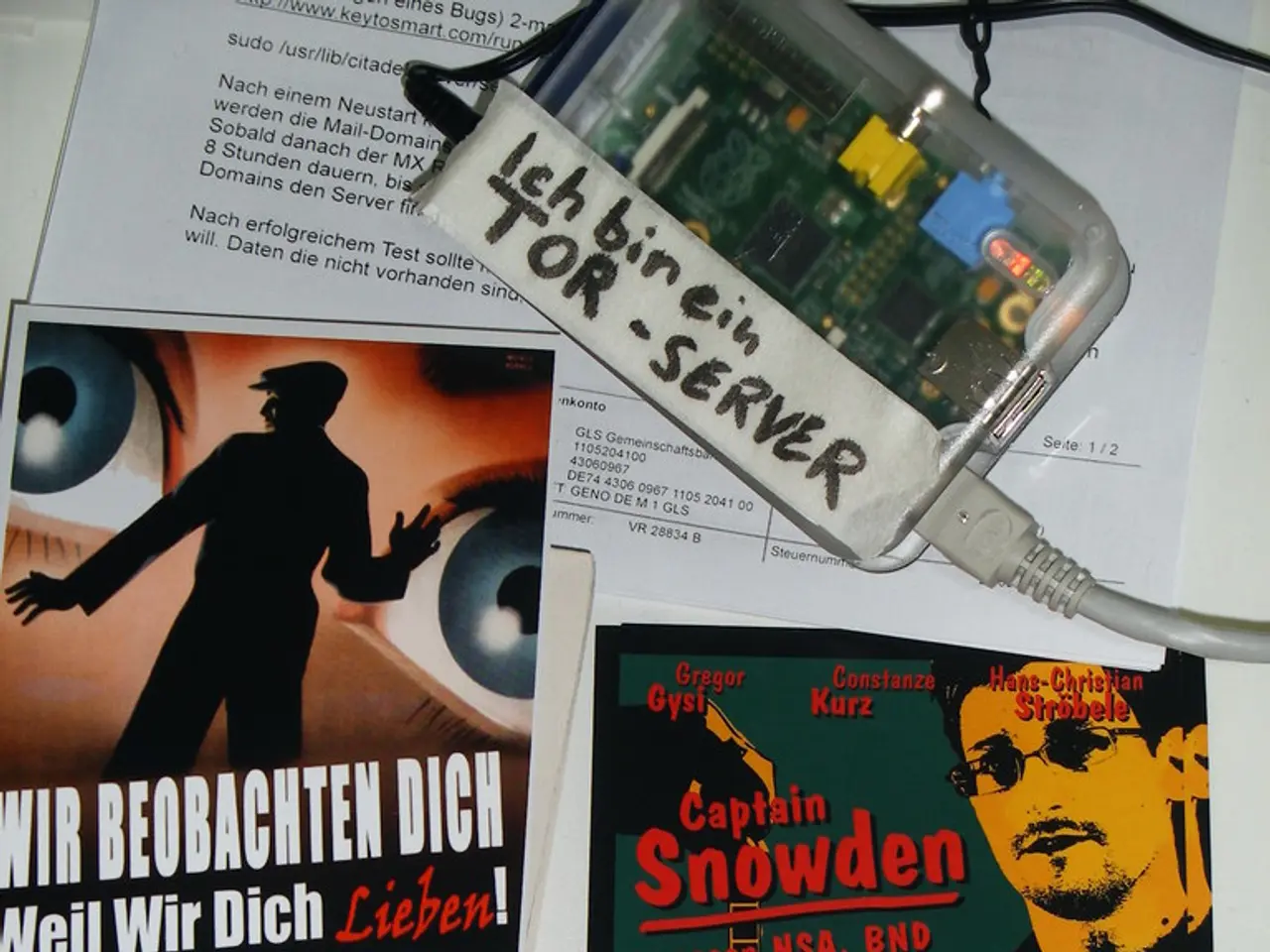Strategies for Incorporating Deception Technology in Cybersecurity
In the ever-evolving digital world, modern deception technology is making significant strides in the realm of cybersecurity. This innovative approach, particularly when bolstered by artificial intelligence (AI), offers a host of key features and benefits that reshape both the offensive and defensive dynamics.
Key Features of Modern Deception Technology
- AI-Generated Phishing Modern deception technology employs AI to create highly personalized phishing emails. These emails, often referring to specific personal details such as recent purchases or ongoing business deals, are designed to appear authentic and convincing [2][3]. The AI-powered emails are also grammatically flawless and mimic corporate writing styles, eliminating traditional giveaways like poor grammar or out-of-place phrasing [1][2].
- Deepfakes and Multimedia Deception AI can synthesize voices and generate realistic videos, enabling attackers to impersonate executives, colleagues, or vendors in phone or video calls [1][2]. These deepfakes can create scenarios that are almost indistinguishable from reality, such as a convincing video of a CEO or CFO, leading to significant financial losses [2].
- Automation and Scalability AI enables attackers to reach tens of thousands of targets quickly and efficiently across multiple channels, with each message customized to the recipient [3]. Phishing operations are now largely automated, reducing costs by up to 95% while maintaining effectiveness [3].
Benefits for Attackers
The adoption of AI in deception technology has led to increased success rates for attackers. AI-generated phishing has significantly higher success rates compared to traditional methods, with some campaigns achieving 300-500% improvement in effectiveness [4]. Additionally, AI can mimic writing and speaking styles, use local context, and even fake a sense of urgency, making attacks more believable [3].
Defensive Measures
To counter these sophisticated attacks, organizations are adopting AI-powered defense systems. These systems can track anomalies and synthetic voices, flag suspicious activity, and detect deepfakes [3]. Implementing Multi-Factor Authentication (MFA) adds an extra layer of security to prevent unauthorized access, even if passwords are compromised [3]. Enhanced security awareness training, including regular simulations, prepares users for AI-driven attacks [3].
Deception technology can populate systems with fake account details to bait attackers into accessing the wrong servers or assets. Companies of all sizes and industries can benefit from a proactive approach to detecting and eliminating threats using deception technology. Deception DNS involves creating fictitious domain name systems to lure attackers away from legitimate systems.
The market for deception technology is projected to be worth $4.21 billion in 2030, underscoring its growing importance in the cybersecurity landscape. Preparing for future attacks is crucial for cybersecurity strategies to succeed, and deception technology gives cybersecurity professionals an edge in repelling attacks and unmasking criminals. Understanding criminal behavior is essential in cybersecurity, and deception technology helps in this regard. Deception technology reduces false positives and staff fatigue by only triggering alarms when bad actors try to infiltrate systems. Canary tokens are digital tripwires that trigger an alarm when unauthorized people try to access secure assets or systems. Deception sensors are designed to be discreet and difficult to detect, triggering alarms when unauthorized access or suspicious behavior is detected. Deception techniques like scattering fake assets in servers and systems confuse attackers into wasting their time. Adding deception technology to security measures helps ensure smooth business operations by detecting and eliminating potential threats early. Deception technology allows cybersecurity teams to react quickly to ongoing attacks. Knowing what to look for and where to look is essential in thwarting cyberattacks using deception technology.
- In the realm of cybersecurity, the use of deception technology in data-and-cloud-computing environments can be enhanced with AI-powered strategies, such as populating systems with phishing emails that replicate personal details as encyclopedia entries of targeted users, thereby increasing the authenticity of these attacks.
- To stay ahead in the technology-driven cybersecurity landscape, organizations are harnessing deception technology's potential benefits, including cyber deception DNS that mimics real domain name systems and deploying cyber deception sensors to detect and respond swiftly to unauthorized activity, safeguarding critical data from potential threats.




